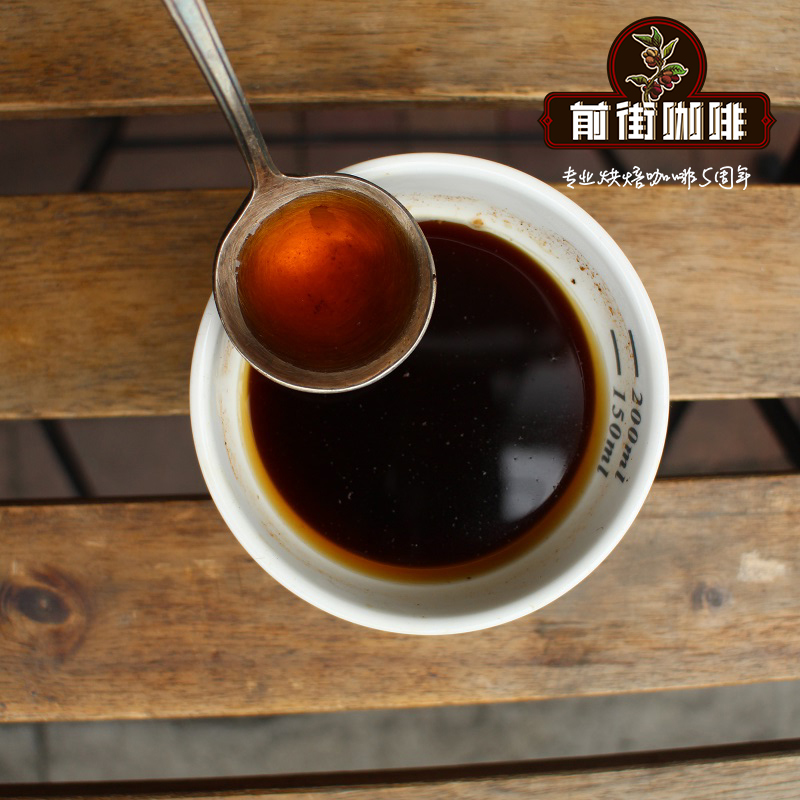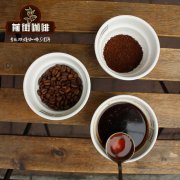Papua New Guinea Coffee | an unknown and amazing presence
Papua New Guinea is a popular coffee producer in the boutique coffee world. Coffee from Papua New Guinea has a bright and delicate acidity. Papua New Guinea usually smells less muddy than coffee from other South-West Asian islands, such as Sumatra and Sulawesi. Wet washing is mainly used in the country. In addition, Papua New Guinea has established standards for the fermentation process after washing. This brings a very unique flavor. Papua New Guinea, which produces more than 1 million bags of 60 kilograms of coffee a year, has maintained its status as a high-end coffee producing area.
Multi-faceted coffee culture
In the 1800s, the German government introduced coffee to Papua New Guinea for experiments and plant observation. However, Arabica coffee exported to Papua New Guinea did not begin to harvest in a real sense until 1930. Seeds are imported from the Blue Mountain region of Jamaica for planting. As a result, these seeds created the first plants for export production in Papua New Guinea. Geographically, Indonesia is close to the country. Indonesia and Sulawesi, both coffee producers, have had a significant impact on the bean flavor of coffee in Papua New Guinea. In addition, nearly half of households in rural areas are engaged in coffee production. As a result, coffee has become an important part of the country's economy.
Coffee is grown in 15 of Papua New Guinea's 19 provinces. The main growing areas of Papua New Guinea include Morobe, the east, Simb and the western highlands province. All of these areas are grown at high altitudes, accounting for about 90% of Papua New Guinea's total production. Because the country is so small, these areas have similar characteristics, such as fertile soil and an ideal climate for coffee cultivation. Moreover, the size of the country is actually conducive to consistency in beans. Traditionally, coffee from Papua New Guinea has moderate acidity and has a smooth but full-bodied flavor. This comes from the influence of Indonesian Sulawesi coffee and Jamaican beans.
Quality Control in Wet treatment
With regard to coffee production, Papua New Guinea focused on its processing methods. As a result, they export 99.9% of raw beans alone, with Germany and the United States being the largest buyers. After selecting the coffee cherries by hand, the coffee cherries can be desized by wet method. After wet washing, the fermentation process takes three days. During the fermentation process, the cultivator washes the beans every 24 hours. To enhance the flavor, beans will be dried in the sun for a period of time. Mung bean, then the differences between screening and gradation are AA,An and X. All coffee in the country follows specific standards for wet washing and fermentation processes. This ensures quality control of all raw beans throughout Papua New Guinea.
Coffee growers such as Papua New Guinea have improved the perfect shape of coffee beans through quality control. Through high-quality plantations, such as the Sigri plantation in Waghi Valley, Papua New Guinea will continue to maintain a leading position in coffee production.

Important Notice :
前街咖啡 FrontStreet Coffee has moved to new addredd:
FrontStreet Coffee Address: 315,Donghua East Road,GuangZhou
Tel:020 38364473
- Prev

Boutique Coffee Manor El Guado Road Gapata Farm introduction Cafe Merino Lugmapata
Merino Lugmapata Coffee Farm is one of the small family farms that has contributed to increasing the production of high-quality specialty coffee in the country. It is located in Palatanga, Chimborazo province, in the central Andes of Ecuador, just a few hours from the capital Quito. This picturesque area is the hometown of Ecuador's highest mountain, Chimborazo, and Sanjay National Park.
- Next

Introduction to coffee in Nepal | Coffee producing areas you don't know | small coffee producing areas
It is difficult to associate Nepal with coffee, but due to improved planting and processing methods, Nepal has the potential to produce better products in the next few years. Availability can be improved through better coordination between distributors and the supply chain, but Nepalese coffee is still scarce in North America. According to data from NPCA (Nepal Coffee producers Association), Nepal in 2015
Related
- Does Rose Summer choose Blue, Green or Red? Detailed explanation of Rose Summer Coffee plots and Classification in Panamanian Jade Manor
- What is the difference between the origin, producing area, processing plant, cooperative and manor of coffee beans?
- How fine does the espresso powder fit? how to grind the espresso?
- Sca coffee roasting degree color card coffee roasting degree 8 roasting color values what do you mean?
- The practice of lattes: how to make lattes at home
- Introduction to Indonesian Fine Coffee beans-- Java Coffee producing area of Indonesian Arabica Coffee
- How much will the flavor of light and medium roasted rose summer be expressed? What baking level is rose summer suitable for?
- Introduction to the characteristics of washing, sun-drying or wet-planing coffee commonly used in Mantenin, Indonesia
- Price characteristics of Arabica Coffee Bean Starbucks introduction to Manning Coffee Bean Taste producing area Variety Manor
- What is the authentic Yega flavor? What are the flavor characteristics of the really excellent Yejasuffi coffee beans?

